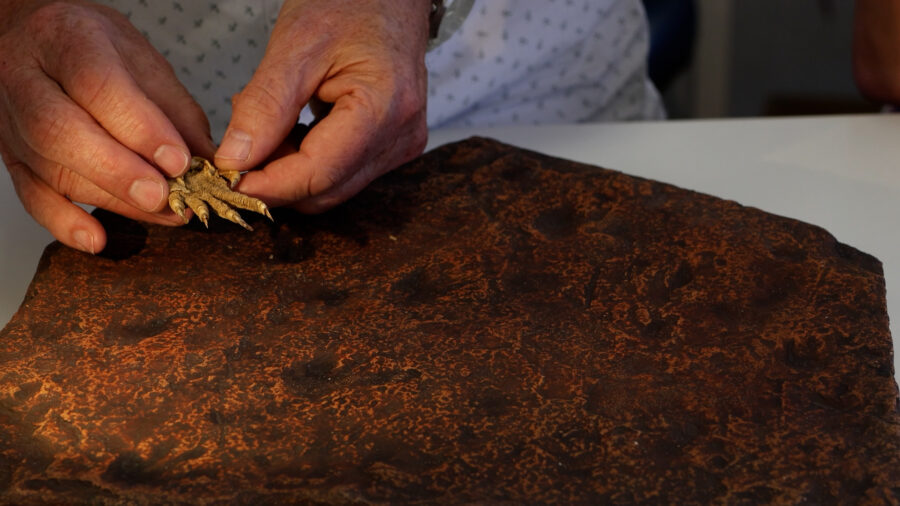Wombats suffering and dying from treatable disease, say experts

POPULATIONS OF WOMBATS are suffering from the deadly disease called sarcoptic mange that’s reached epidemic proportions, but experts say affected wombats can recover if treated quickly.
Dr Scott Carver, a wildlife ecologist at the University of Tasmania, said this was an animal welfare issue.
“In some cases it can cause localised population extinctions and we are working to uncover the exact reasons for this. Mange certainly inflicts a lot of pain and suffering to wombats causing a slow debilitating death,” he said.
Rangers from Parks and Wildlife have been forced to euthanise and shoot many of the infected wombats over animal welfare concerns.
Scott is now leading a team of researchers trying to better understand and manage the extent and impact of sarcoptic mange on the local wombat populations.
“It’s very challenging to distribute the treatment and funding would help us look at different methods so we could approach better delivery,” he said.
The disease causes extreme irritation, hair loss, thickening and cracking to the skin, and wounds exposed. The cracked, dry skin crusts over parts of the body including the eyes and ears, causing blindness and deafness toward the more severe stages of the disease. The wombats lose body condition and likely become immune-compromised.
“It’s usually a secondary infection that finishes them off,” said Scott.
According to Kerry Finch, the Legislative Council member, euthanising the wombats is unnecessary as the condition is treatable and while the cure is underway, it requires more funding to bear maximum results.
He said he was shocked by the quick spread of the disease and called for urgent action.
“Tourists are appalled at the suffering they see on travelling around Tasmania,” Kerry told Tasmanian newspaper The Mercury last month.
The outbreak in the Narawntapu National Park near Bakers Beach has killed more than 94 per cent of local wombats since 2010.
It takes about six weeks to see a noticeable improvement in a treated wombat. Eventually their sight and hearing are restored, while hair regrowth may take several more months.
People wishing to help can make tax-deductable donations through the University of Tasmania Foundation.
READ MORE:
- New weapon against virus killing Australia’s endangered parrots
- Tasmanian devils are evolving to fight their deadly cancer
- New koala genome bank aims to end chlamydia epidemic




